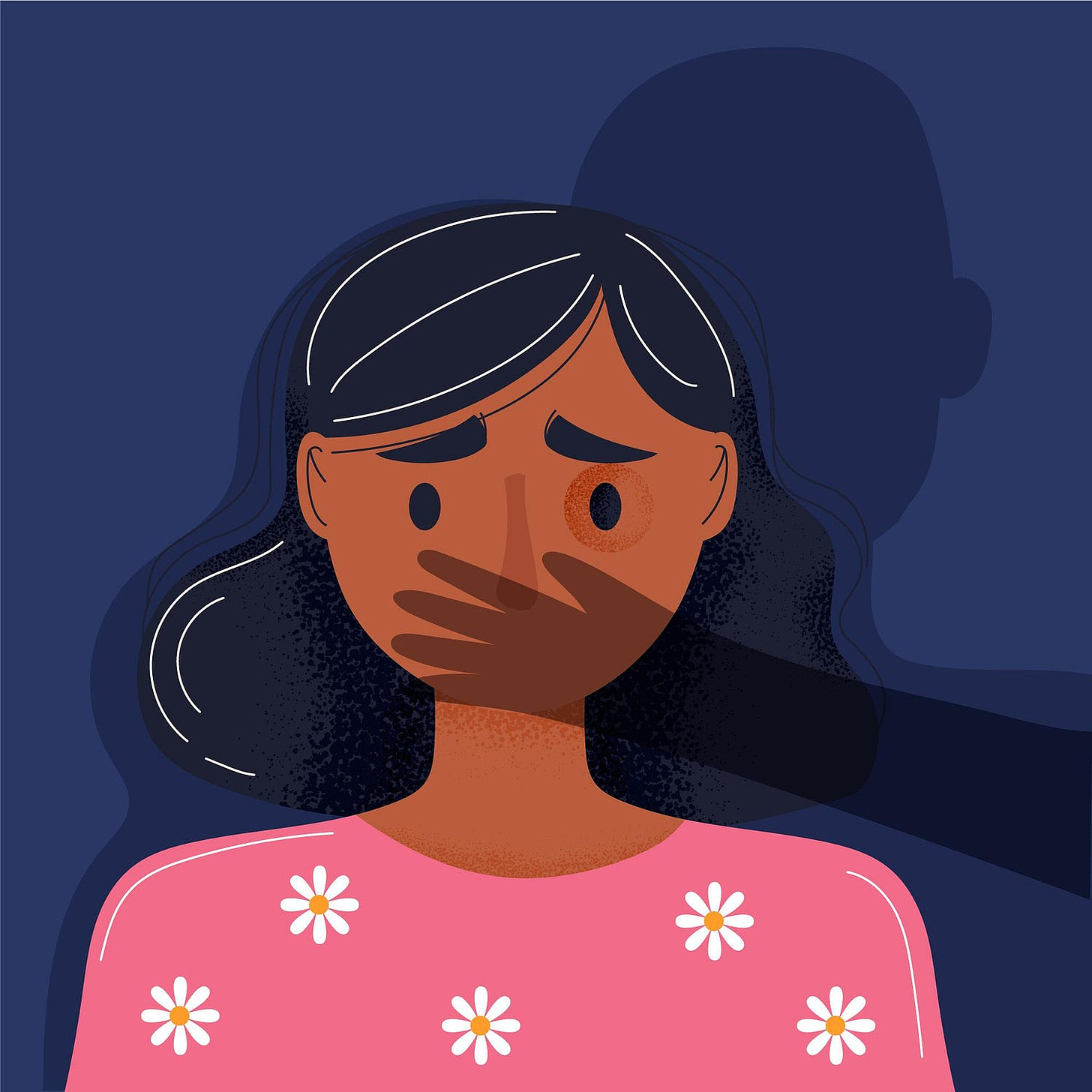Exploring the Not-So-Subtle Distinctions Between Guilt and Shame
Understanding the difference between guilt and shame informs the proper means of forgiveness and healing
Often conflated, the terms guilt and shame have distinct meanings.
Why is this important?
Humans are fallible and sometimes engage in inappropriate behavior. When emotionally overwhelmed by guilt or shame, we often bury the circumstance, hoping to smother its effect.
However, like a giant elephant grazing the savanna, our subconscious never forgets.
The longer you stifle negative feelings, the more significant their future impact. If left unaddressed, even a minor transgression can contaminate your self-perception, encouraging you to repeat the same behaviors and reinforce the entrenched belief.
For an addict/alcoholic, these harmful behaviors can involve substance abuse, which is why knowing which emotion to address is so critical in recovery.
Thus, parsing the definitions of guilt and shame unveils the underlying motivation for the dysfunctional behavior, empowering you to select a different version of self.
Guilt
The American Psychology Association (APA) Dictionary of Psychology defines guilt as:
A self-conscious emotion characterized by a painful appraisal of having done (or thought) something that is wrong and often by a readiness to take action designed to undo or mitigate this wrong.
Common synonyms include:
culpability
blameworthiness
wrongfulness
Shame
The APA defines shame as:
A highly unpleasant self-conscious emotion arising from the sense of there being something dishonorable, immodest, or indecorous in one’s conduct or circumstances.
Common synonyms include:
humiliation
mortification
embarrassment
The common component between guilt and shame is self-conscious emotion. However, each have distinct components. The distinct elements for guilt include pain, sense of doing a wrong, and a readiness to undo. The distinct elements for shame are unpleasantlness and sense of being unworthy.
Commonality: Self-Conscious Emotion
The terms’ distinct components inform the common element of self-conscious emotion, which the APA defines as:
An emotion generated when events reflect on the worth or value of the self in one’s own or others’ eyes.
Both shame and guilt involve retrospective evaluations of personal merit based on subjective criteria. The relevant criteria vary depending on the individual's personal and social beliefs and are not always identical.
Active addiction brings out the worst in people—the quintessential Jekyll and Hyde condition. That said, this duality isn’t limited to addicts but to anyone exhibiting less than admirable traits like jealousy, anger, resentment, and fear. Maladaptive behaviors stemming from these types of negative feelings invariably relate to issues of self-worth.
When we act out based on low self-esteem, we can feel profound guilt and shame. To understand which emotion to address, it is important to grasp the following distinctions between the two:
associated feeling
implied state of being
readiness to undo
1. Associated Feeling
Emotions like guilt and shame influence our minds to generate feelings, subjective thoughts based on prior beliefs and assumptions.
Essentially, emotions are a truth based on immediate, raw data while feelings are perceptions based on stories from the past.
Guilt is associated with feelings of pain, whereas shame is linked with feelings of unpleasantness. This indicates that the threshold for triggering guilt is significantly higher compared to shame — while guilt involves unpleasantness, it includes an additional aspect of visceral discomfort.
For example, research shows that the pain of rejection aches similar to physical injury.
Therefore, scanning your body can reveal which emotion you’re feeling. If the emotion elicits a physical response, you’re likely in a state of guilt.
2. Implied State of Self
Guilt is rooted in actions, while shame is rooted in identity. If the emotion stems from the action itself, you’re probably experiencing guilt. You view what you did as unacceptable.
Shame arises from a belief that you are unacceptable based on your behavior. Shame is a profound matter of the psyche. The analytical mind constantly seeks corroboration for its beliefs. As such, it tends to promote behaviors that reinforce its default assumptions, increasing the recidivism rate for shameful behaviors.
It’s much easier to modify your actions than to alter your subconscious programming, which leads to the final distinction.
3. Readiness to Undo
Guilt is a superficial emotion. Rectifying the action helps ease the associated pain, motivating a readiness to undo the mistake.
Shame is not so quickly abated. Making amends doesn’t automatically eliminate shame because the behavior itself is not the issue. Your misguided actions are merely a reflection of how you secretly perceive yourself.
In fact, shame can make you reticent to apologize at all because an apology is seen as a tacit confirmation of your underlying undesirability.
We experience guilt. We are our shame.
Those who find it difficult to apologize likely face tremendous issues with shame. At some point in their lives, they absorbed the message that mistakes make them unlovable.
The Solution
Your actions are not who you are. They are what you do based on who you’re choosing to be.
The only way to alleviate shame is to remove the belief that the behavior reflects a fundamental character flaw.
We are not our shame.
When we eliminate the belief, we avoid behaviors that support it. If we engage in wrongful behavior, we are more likely to express remorse because the mistake is no longer linked to our worthiness.
We choose to be someone else, and over time, that’s precisely who we become.








